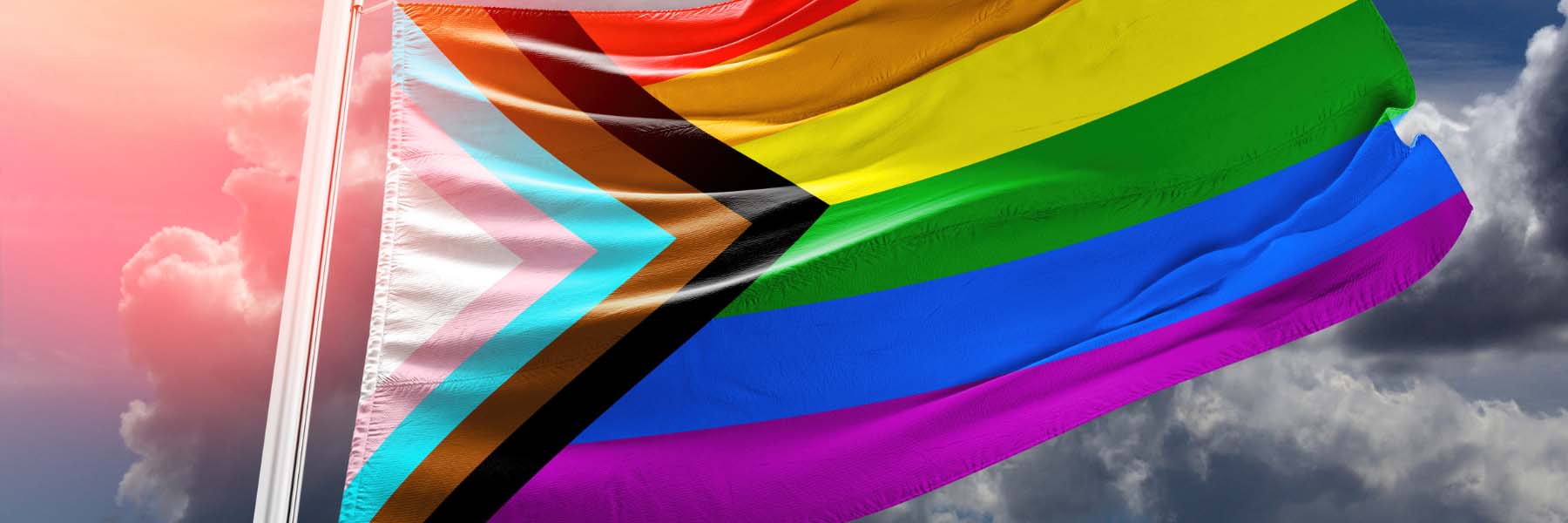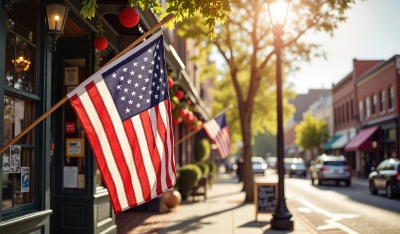
How Local Governments can Increase Inclusivity with the LGBTQ+ Community
Community Engagement Inclusion
June is Lesbian, Gay, Bisexual, Transgender and Queer (LGBTQ) Pride Month. To commemorate this month we are sharing some ways governments can enhance their inclusive community engagement practices.
The director of Education and Programs at the LGBT Center in Raleigh, North Carolina, poses a compelling question…
“Are you there for the entire community or are you there for part of the community?”
-Kori Hennessey (they/them) ● LGBT Center Raleigh, North Carolina
Naturally, our answer is everyone, but as we dig into the topic of inclusivity and the treatment of the LGBT community we have identified (4) four key areas of opportunity.
-
- Gender Pronouns
- Meeting Spaces
- Demographics
- Mitigation (correcting mistakes)
Gender Pronouns
With ambiguity dating back to the 1700’s the discussion of how best to handle gender inclusive pronouns is not a new topic. By the mid-12th century the modern pronoun she was introduced to add clarity to an increasingly ambiguous pronoun system.
Unlike the historical debate among language authorities and grammarians, today the gender pronoun discussion is being led by the subjects themselves…us.
University of Milwaukee | LGBTQ+ Resource Center
“. . . gender pronouns (sometimes referred to as Personal Gender Pronouns or PGPs) are used to “specifically refer to people that you are talking about.”
Hennessey shares that “using gender pronouns opens up a space for people to feel safe to share their pronouns and avoid being mis-gendered.” There are many opportunities to do this when engaging the public. Here are few examples,
-
- Use teleconferencing inclusivity tools to allow participants to communicate their preferred gender pronouns.
- Provide or request that participants share their preferred gender pronoun when delivering introductions either virtually or in-person.
- Provide a space/option for preferred gender pronouns on name badges
- When requesting RSVPs and/or contact information:
- Make titles like Mr. and Mrs./Ms. optional or include the gender neutral Mx.
- Provide a space for preferred pronoun identification
Meeting Spaces
Open and accessibility meetings are critical to an effective and inclusive engagement strategy. Hosting events and meetings at offsite locations is one of the best ways to encourage people to participate. Although, practitioners may be surprised to learn that holding meetings at places like churches may have a discouraging effect on the LGBTQ community.
Having meetings at churches can be discouraging for members of the LGBTQIA community [particularly] for anyone who has trauma from religion/church. If meetings are held in churches, there should be other options for participation.
–Kori Hennessey (they/them) ● LGBT Center Raleigh, North Carolina
Hennessey also encourages planners to consider the “bathroom situation.” Are there single user bathrooms available? If not, use temporary signage to encourage a more inclusive environment.
Understanding the safety and security needs when planning public meetings, particularly those that touch on controversial or “hot button” community issues, requires proactive and thoughtful planning.
Providing virtual meeting options is one multi-purpose solution that helps to address many of the challenges and limitations that some physical meeting spaces have.
Virtual is important for people who have safety concerns but they can still participate.
-Kori Hennessey (they/them) ● LGBT Center Raleigh, North Carolina
Demographics
The foundational work of any effective and inclusive public engagement strategy involves understanding the demographic characteristics of the community or study area. Hennessey cautions, “using outdated demographic questions about gender can reduce participation rates,” which will lead to a distorted or incomplete picture of the community composition.
When asked more specifically about how they would react to a survey that asked a question about sex instead of gender or did not provide inclusive response categories…
“I just close it out and will not participate.”
-Kori Hennessey (they/them) ● LGBT Center Raleigh, North Carolina
The consequence? Not only do engagement practitioners and decision makers miss out on value input from an entire community of people, but they also miss the opportunity to gather accurate demographic data that can help with targeted communications campaigns, segmented reports, and community collaboration.
Mitigation (correcting mistakes)
It’s gonna happen, so don’t beat yourself up too much.
-Kori Hennessey (they/them) ● LGBT Center Raleigh, North Carolina
Hennessey recommends, in the inevitable situation that you make a mistake, “the best thing to do is to correct yourself or, if someone else corrects you, you accept the correction and move on.”
Don’t be defensive and don’t get discouraged. Also, don’t make a big deal out of it.
-Kori Hennessey (they/them) ● LGBT Center Raleigh, North Carolina
Best practice is to create a culture of acceptance and accountability where people within the organization help to educate one another and feel comfortable correcting missteps.
Want to learn more about how to make your public engagement process more inclusive?



